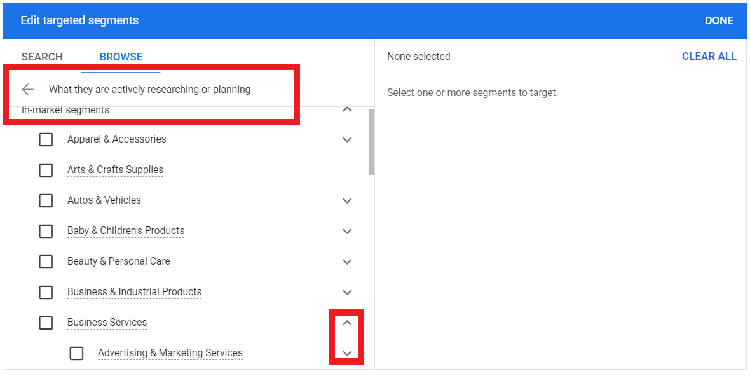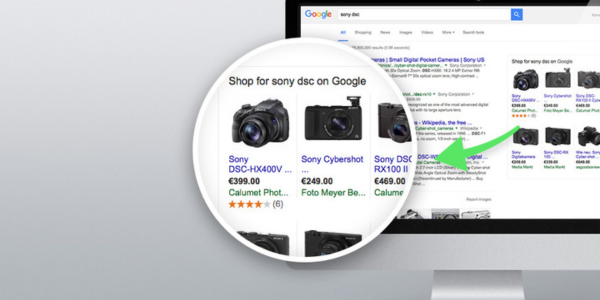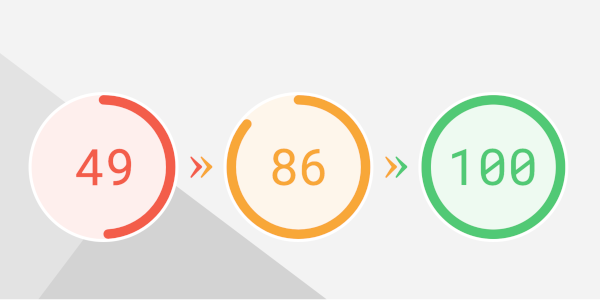content
Audience targeting in Google Ads is a strategic approach to an advertising campaign aimed at maximizing the attention of the target audience. Google Ads allows advertisers to fine-tune their ads so that they are displayed only to users who meet certain criteria. This allows you to optimize your budget and increase conversion, as ads will be shown only to those who are likely to be interested in the advertiser’s products or services.

What are the audience segments in Google Ads?
Google Ads offers several types of audience segments:
- Google Segments: Based on user behavior on Google’s search engine, such as keywords and interests.
- Segments based on data: Advertisers can use their own data, such as lists of customers or website visitors, to create target segments.
- Intent segments: Target users who have shown a specific interest or intention, such as purchasing a product or registering on a website.
- Combined segments: A combination of different parameters to create more precise targeting.
- Other: Additional parameters, such as location, age, gender, and others, allow you to customize your audience in detail.
How to select audiences in your Google Ads account
In Google Ads, the menu responsible for managing audiences is called Audiences. This is the section where you can create, edit, and manage different audience segments for your ad account.
To access the Audiences section, follow these steps:
- Sign in to your Google Ads account at https://ads.google.com/.
- Select the desired account and campaign for which you want to manage audiences.
After that, find the Audiences option in the side menu on the left. In this section, you can view and create different audience segments using the available features and settings.
How to target an audience in Google Ads
To effectively target your audience in Google Ads, we recommend using several strategies:
- Keyword analysis: Choose keywords that best reflect the interests of your target audience. Use keyword analysis tools and monitor their effectiveness. Keywords work well in combination with minus words, which allow you to accurately filter out irrelevant queries that the system may perceive as similar.
- Observe audience behavior: Use data on user behavior to customize segments and identify those who are likely to perform a targeted action. Tools for monitoring website users are available in Google Analytics. You can track the entire user journey: from the traffic source to the page where the conversion was made. These statistics allow you to find out what difficulties were encountered when making a purchase, or vice versa, which pages are perfectly optimized for online sales.
- Retargeting: Use data about your website visitors to create retargeting campaigns and engage those who are already interested in your brand. A remarketing and retargeting strategy is a must for every online business, as loyal users regularly generate about 50% of all conversions. Maintaining the interest of a user familiar with your brand is always cheaper than attracting a new cold audience through advertising.
- Experiment with different segments: Test different audience segments, observe the results, and optimize your campaigns for the best performance. Depending on the characteristics of a particular business, you can group audiences by their interests or behavior. This allows you to more accurately customize retargeting campaigns.
What marketing strategy should you choose for your own audience segment
Choosing a marketing strategy should take into account the specifics of your business and target audience. Here are some recommendations:
- Branded strategy: For brands that are already recognizable, it’s effective to use segments based on your data and retargeting to retain customers and increase loyalty.
- Broad Targeting: For new products or services, consider broad targeting using Google Segments and Intent Segments to maximize your audience reach.
- Geo-targeting: If your business is location-based, use geo-targeting to attract local audiences.
Conclusions
Audience targeting in Google Ads is a key element of a successful advertising campaign. Effective use of various segments, data analysis, and continuous optimization allow you to achieve high performance indicators. Every advertiser should carefully analyze their target audience and choose the strategy that best suits their goals and business model. Careful planning and implementation of targeting will help you achieve success in online advertising. If you still have doubts about the correctness of your marketing strategy and the accuracy of your Google Ads campaign settings, contact ADV Advantage specialists to get expert advice on these and other issues. Cooperation with ADV Advantage is a guarantee of increasing the productivity of your business on the Internet.
Subscribe to our newsletter





